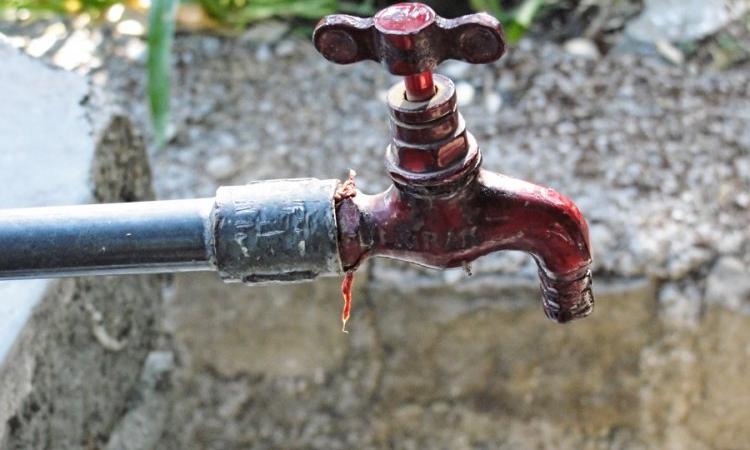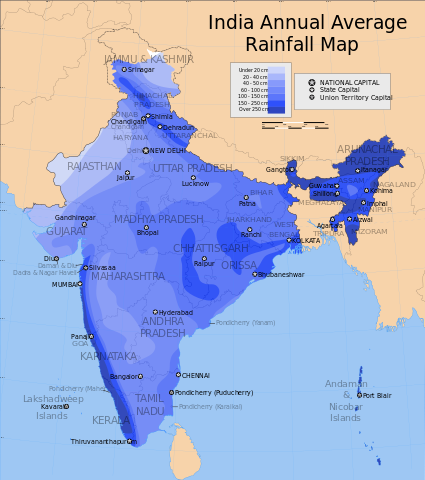
The pressure on the water resources in India is on the rise. The available water resources in the country are highly variable. For example, the average annual rainfall in India varies considerably from one region to another; it is as high as 1000 cm in the Northeast and as low as 10 cm in western Rajasthan. Furthermore, most of the rainfall occurs during the south-west monsoon season of four months, i.e. from June to September.

Only a portion of the available water resources are utilisable
About half of the total precipitation that occurs in India is lost due to evapotranspiration. Of the remaining, only 40 percent of the water can be put to beneficial use due to topographical constraints and uneven distribution of water resources. The utilisable water sources of the country include both surface water and groundwater.
Composite Water Management Index: A useful tool for efficient management of water resources
In view of the limitations on the availability of water resources and a rising demand for water, sustainable management of water resources is very important. In response to this growing need, NITI Aayog, Government of India has developed a Composite Water Management Index guidebook as a useful tool to assess the water resources and help in its efficient management. The index can help in providing useful information to states and concerned central ministries or departments to enable them to formulate and implement strategies for better management of water resources.
The Index has a set of 28 Key Performance Indicators (KPIs) covering irrigation status, drinking water and other water-related sectors. Critical areas given high priority in calculating the index include:
- Source augmentation
- Major and medium irrigation
- Watershed development
- Participatory irrigation practices
- Sustainable on-farm water use practices
- Rural drinking water
- Urban water supply and sanitation
- Policy and governance
The index aims to serve as a useful tool to track performance in the water sector and undertake corrective measures for achieving better outcomes and meeting citizen's expectations.
A copy of the guidebook can be downloaded from below: